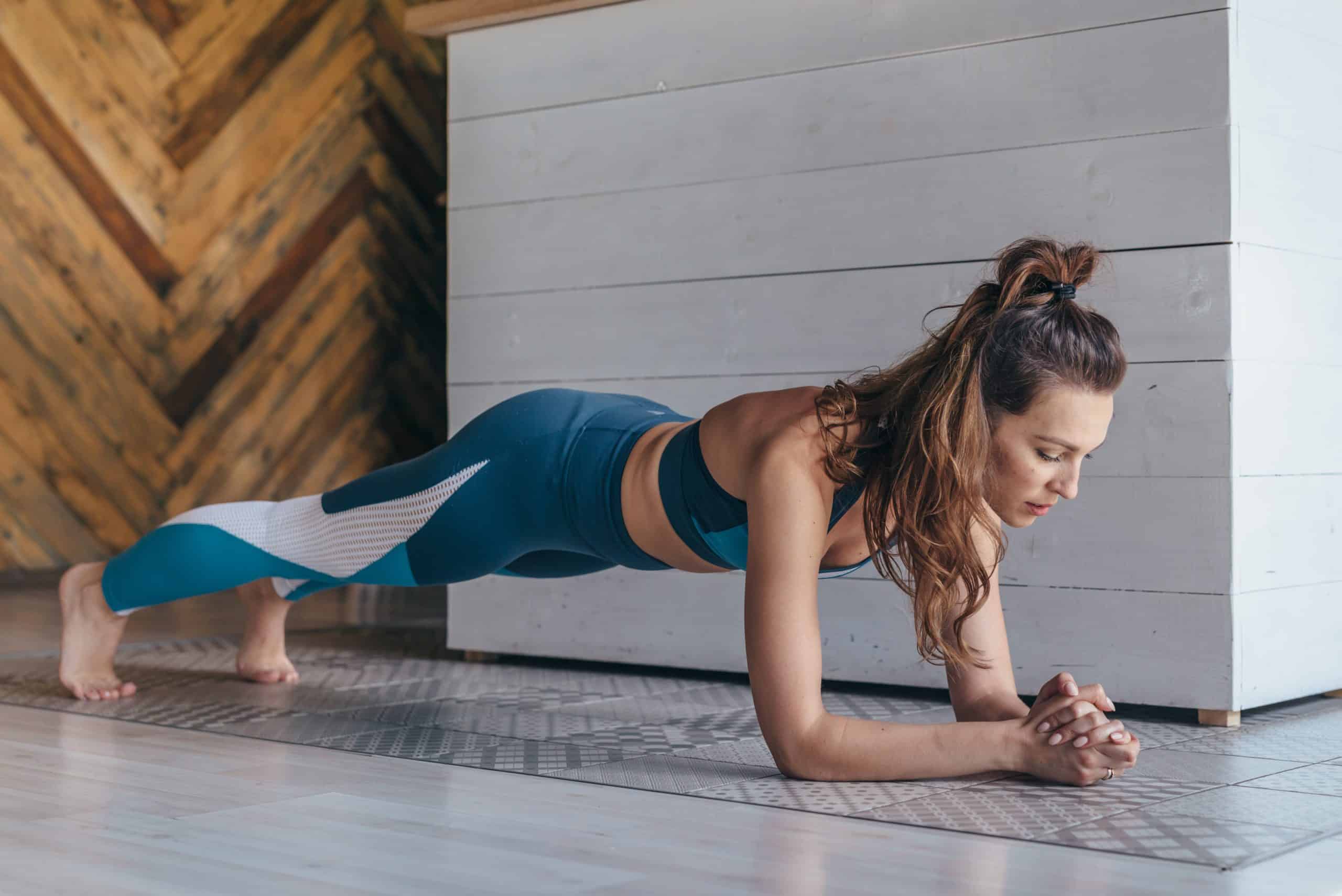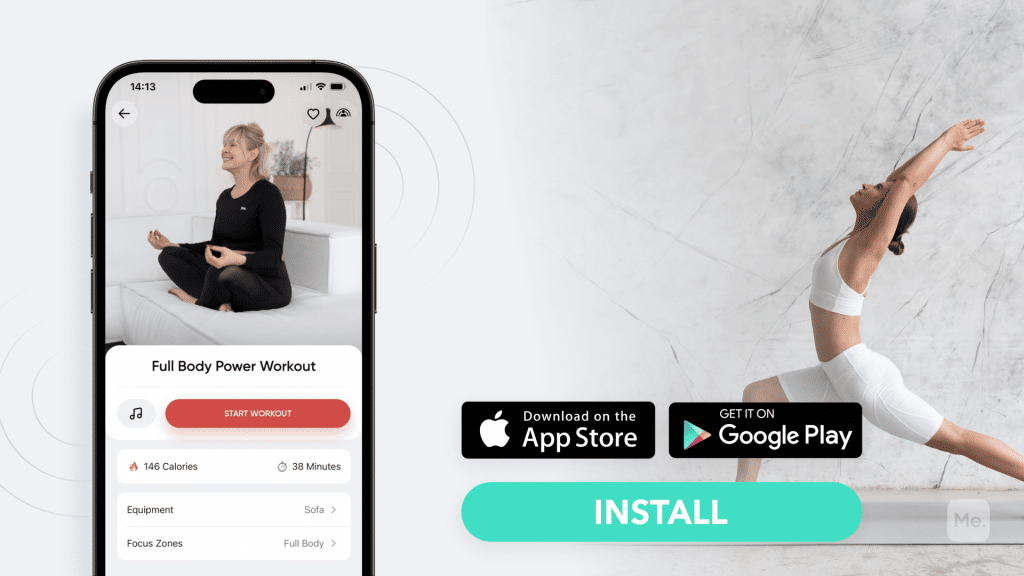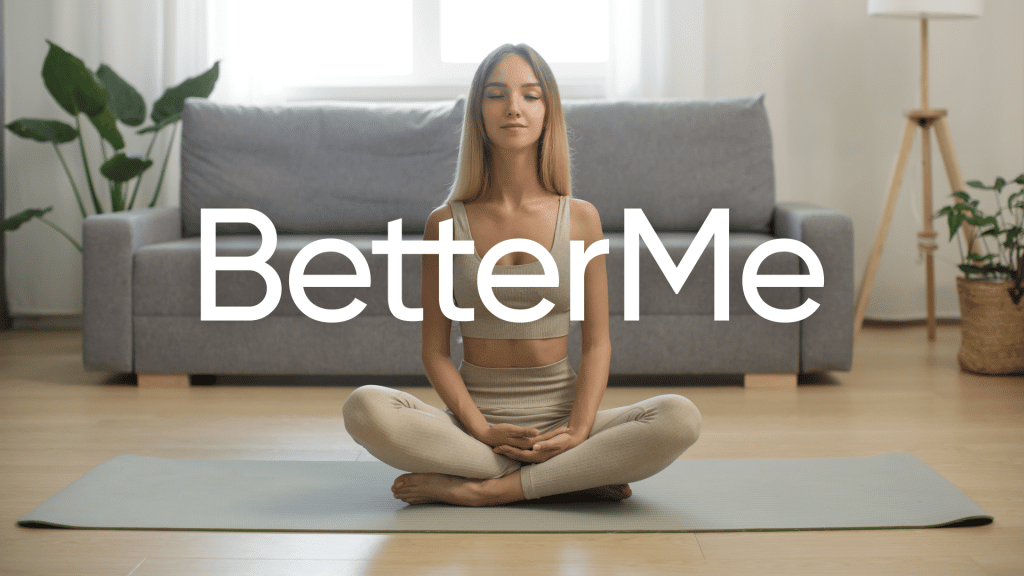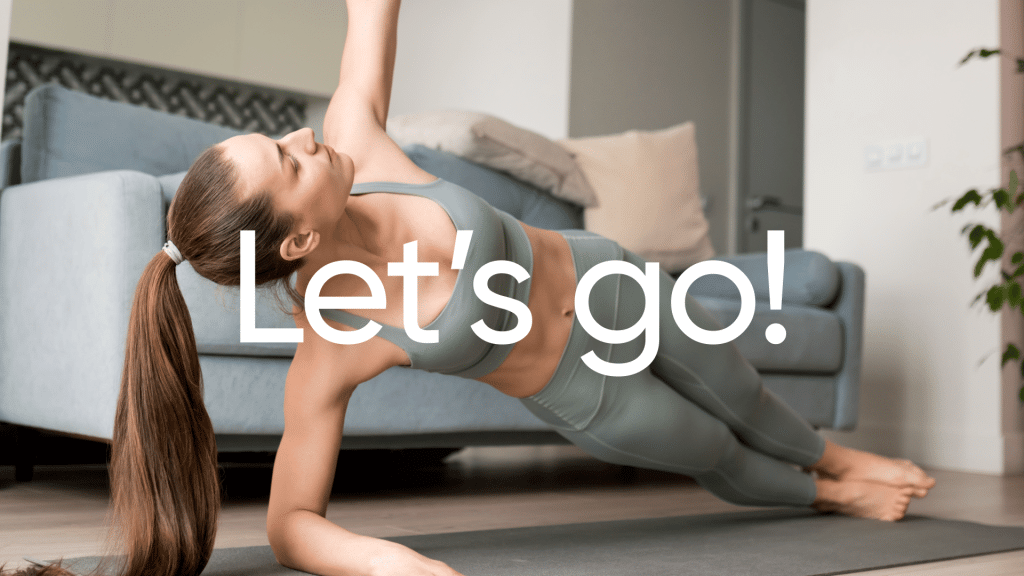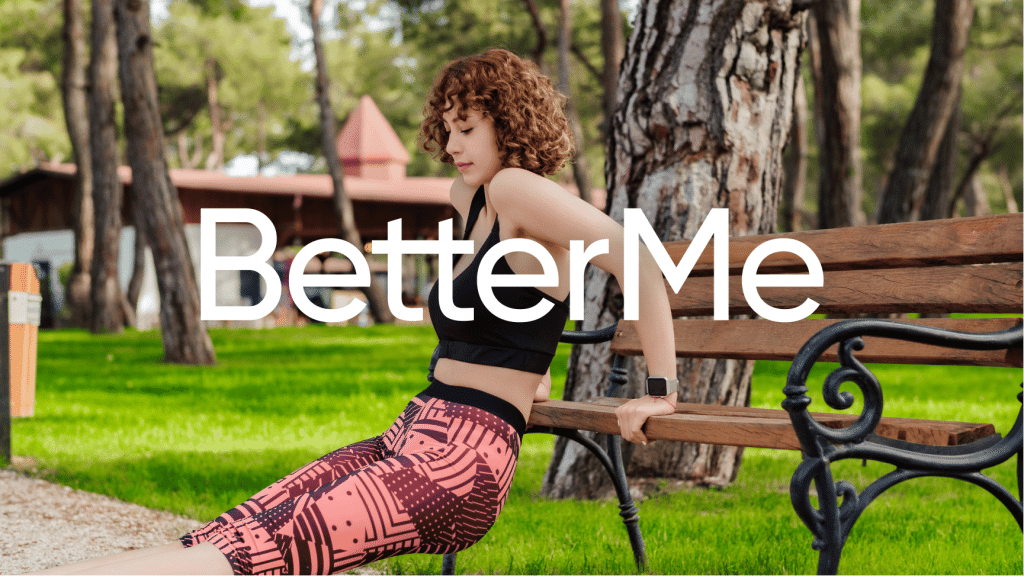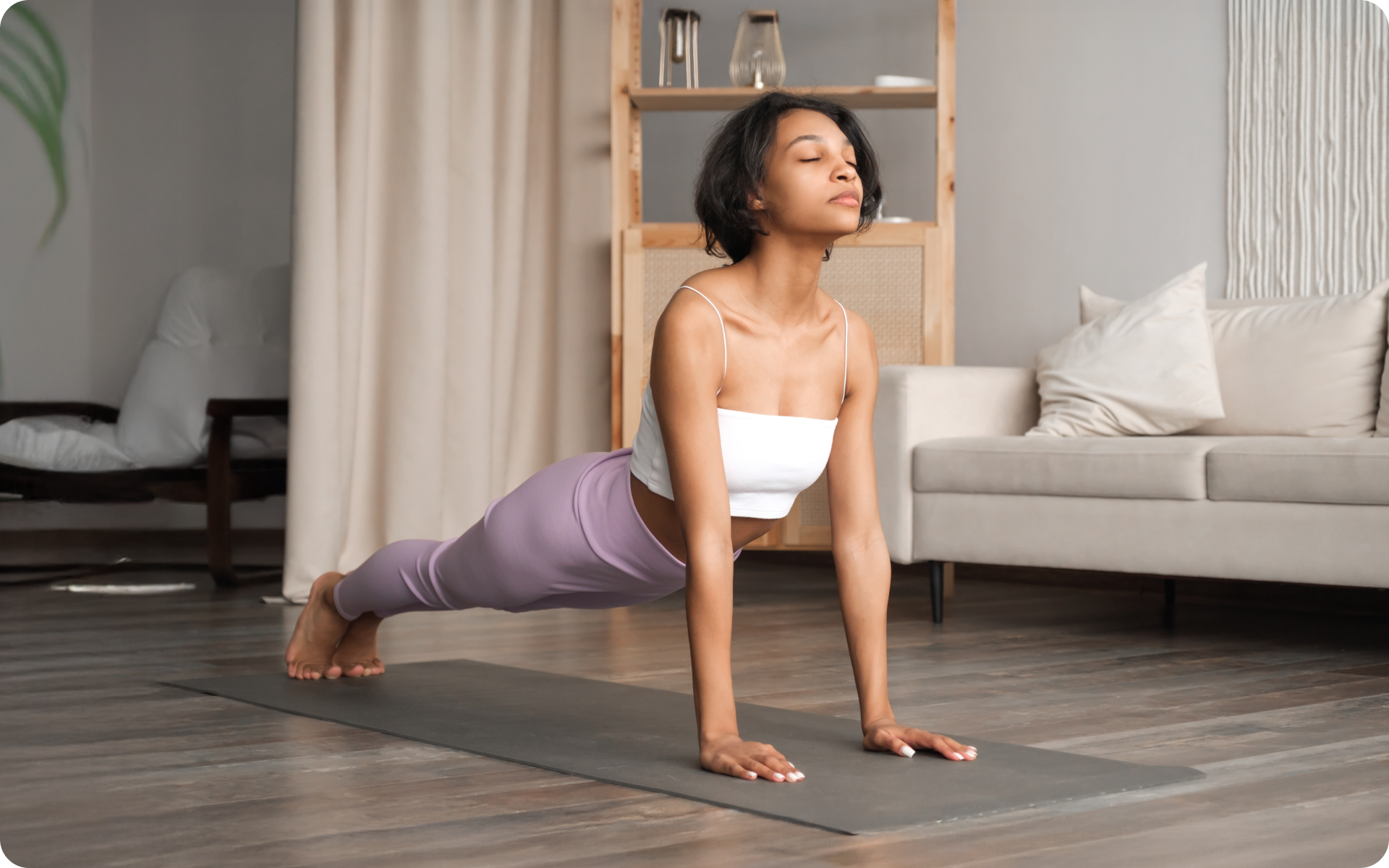Building core strength is a common goal for many. Whether you’re new to the world of fitness or a more experienced lifter, you’ll want to reap all the benefits of a strong core. From stabilization during exercise to improved posture and reduced back pain, there are many incentives for improving core strength. Top of the list of core-strengthening exercises is the plank. This simple but effective exercise recruits multiple muscles in the core, lower back, and glutes to keep your body stabilized. Consistently performing planks can increase core strength and help you towards your goals. With that in mind, how long should you hold a plank? The answer largely depends on a number of factors. In this article, we’ll look at the recommended plank duration according to experts, how to work out what’s best for you, and other tips to help you get the most out of your planks.
How Long Is A Good Plank Hold?
Technically, you can hold a plank for hours—there’s a Guinness World Record for the longest-held plank at over nine hours! However, this goal is not only impractical but also unnecessary (unless you’re going for a world record).
Bear in mind that the goal of holding a plank is to build strength, not endurance. Most experts recommend holding a plank 10 to 60 seconds at a time. Many workouts feature multiple sets of planks starting at 10 seconds and working up to a minute.
And before you shrug off 10 seconds as too easy, if you’re doing it correctly you should feel it in your abs, core, and lower back muscles and struggle to hold the position for the full duration.
That said, there are several factors to consider when determining how long a good plank holds is for you. These include your fitness level, experience with planks, goals, history of injuries and how your body feels.
Fitness Level
Your fitness level matters because it determines your starting point. If you’ve never done a plank before, start with 10 to 20 seconds and work up from there. As you get stronger you can add five to 10 seconds each time.
Experience With Planks
If you’re new to planks, you’ll need some time to master the form before increasing your duration. A good practice to follow is to start out with 10 seconds and add 5-10 seconds every workout.
Don’t underestimate the importance of good form, especially for such an exercise that engages your entire body. Poor form can lead to injury. Use a mirror or get a friend to help you check your posture and alignment along the way.
Poor form can also make it hard to hold the plank for longer—if you find yourself sagging after 20 seconds, you’ll need to focus on getting your form right first. Another reason why you should perfect your plank form – poor form makes the exercise ineffective. You can’t target the right muscles and reap the benefits of your plank.
Read More: Plank Challenge: 30-Day Of Trainings For Better Physique
Goals
Most exercises have one of two goals; endurance or strength. Endurance refers to the ability to do something for a long period of time, while strength is about building muscle and generating force.
If your goal is to hold a plank for longer, then you should focus on increasing the duration of your holds rather than speed. This means working your way up from 10 seconds to 30, 45, and eventually 60 seconds or more.
If your goal is to strengthen your core, then you’ll want to focus on intensity rather than duration. This means doing 10 to 20 reps of planks for shorter durations (10 to 20 seconds) but with more intensity.
Intensity here could be in the form of increasing the number of sets, making the plank more difficult with modifications such as raising each arm and leg off the ground, or adding a weight vest.
History Of Injuries
If you’ve had injuries in the past, or have chronic pain or underlying medical conditions, you’ll need to be more careful when it comes to planks. You may want to start off with shorter durations and work your way up, or consult a doctor or physical therapist before attempting any planks.
How Your Body Feels
Lastly, it’s important to listen to your body and pay attention to how the exercise feels. Pain is a warning signal—if it hurts, stop and take a break. Review your form and see if you can make any adjustments.
Discomfort in the sense of strain is to be expected, especially in your core and lower back muscles. But if the discomfort becomes too much, adjust your plank hold duration accordingly.
How To Do A Plank
Now that you know how long to hold a plank for, let’s talk about the correct way to do one.
- Start by getting into a push-up position and rest your forearms on the ground. Make sure your elbows are directly under your shoulders, and keep your feet hip-width apart.
- Engage your core and glutes, and draw your belly button towards your spine. Your body should form a straight line from your shoulders to your ankles, and keep your head in line with the rest of your body.
- Hold this position for the desired duration, and release after. Make sure to take a break in between sets and drink lots of water.
Plank Variations To Try
Once you’ve mastered the basic plank form, there are plenty of variations to challenge yourself with. Below are the most popular ones, ranked from easy to hard.
Knee Plank
Perfect for a beginners plank workout, this variation involves bringing your knees to the ground and taking pressure off your lower back. It’s a great way to build up to the traditional plank.
To perform a knee plank:
- Start in a table-top position and rest your elbows on the ground. Make sure to keep your back straight and draw your shoulder blades down.
- Engage your core and glutes, and tuck your toes under. Keeping your knees on the ground, press your upper body up and hold the position.
Side Plank
This variation is great for building oblique strength and stability.
To perform a side plank:
- Start on your side, with one leg stacked on top of the other. Prop yourself up with your forearm and lift your body sideways, engaging your glutes and core.
- Hold the position for the desired duration, then switch sides.
Yanking yourself back in shape has never been so easy with our game-changing fitness app! Start transforming your life with BetterMe!
Mountain Climber Plank
This variation involves adding some dynamic movements to the plank. It’s great for building both endurance and strength.
To perform a mountain climber plank:
- Start in the traditional plank position, then bring one knee towards your chest, alternating sides with each rep.
- Aim to keep your hips and shoulders in line, and press through your palms for stability.
- Repeat for the desired amount of reps.
Walking Plank
Walking sideways while in a plank position is another great variation that can be used to increase the difficulty.
To perform a walking plank:
- Start in a plank position, then walk your hands and feet toward one side then the other.
- Make sure to keep your core engaged throughout and maintain a straight line from your shoulders to your ankles.
- Lift your hips slightly as you move your hands and feet, then repeat for the desired amount of reps.
Plank With Shoulder Tap
This variation adds an extra challenge to your core, as it involves stabilizing the upper body while moving it from side to side.
To perform a plank with shoulder tap:
- Start in the traditional plank position, then lift one arm up and tap your opposite shoulder. Lower the arm and repeat on the other side.
- Make sure to keep your hips and legs still, and engage your core throughout.
Spiderman Plank
The spiderman plank is a great way to work your core and hip flexors.
To perform a spiderman plank:
- Start in a plank position, then bring one knee towards your elbow in an alternating pattern.
- Keep your hips low and chest lifted, and draw your belly button towards your spine.
- Engage your core throughout, then repeat for the desired amount of reps.
Plank Jacks
This variation adds a cardio element to the plank, making it great for burning calories and increasing your heart rate.
To perform a plank jack:
- Start in a plank position and jump your feet out to the sides, like you would with regular jumping jacks.
- Jump your feet back in, keeping your hips and shoulders low.
- Make sure to keep your core engaged throughout the movement, then repeat for the desired amount of reps.
Swiss Ball Jackknife Plank
This variation adds an extra challenge by introducing a stability ball into the mix.
To perform a swiss ball jackknife plank:
- Place a stability ball between your feet, then start in a plank position.
- Engage your core and glutes, then slowly roll the ball towards your hands, keeping your back straight.
- Return to the starting position, then repeat for the desired amount of reps.
Read More: Side Plank Muscles Worked: Is This Exercise Worth It?
Benefits Of Planking
Unsure if planking is right for you? Here are some of the key benefits associated with this type of exercise.
Posture Improvement
Spending hours at a desk can cause poor posture, leading to discomfort and even pain. Conditions such as rounded shoulders and a hunched back are increasingly common, and we rarely notice how our posture has changed until it’s too late. Planking helps to strengthen the muscles that support our spine, and encourages us to keep a good posture (3).
Increased Core Strength
The plank is one of the most effective core exercises, as it works all the major muscles in your abdomen as well as your back and glutes. This can help improve balance, reduce back pain and increase overall functional strength (2) .
Injury Prevention
By strengthening your core and improving your posture, the plank can help protect you against injury. When you’re lifting heavy weights or taking part in sports, a strong core can be the difference between pushing yourself to your limits and suffering an injury (2).
Improved Flexibility
When done regularly, planking can help improve your flexibility and range of motion (3). This is especially true in the upper body, as it engages the shoulder, chest and arm muscles.
If you wish to cinch your waist, tone up your bat wings, blast away the muffin top – our fitness app was created to cater to all your needs! BetterMe won’t give excess weight a chance!
Muscle Definition
Planking is a great way to tone up and create lean muscles (1). As you increase the difficulty of your planks, you’ll start to see the definition in your arms, shoulders and core.
No Equipment Needed
One of the best things about planking is that all you need is your own body weight. This means you can do it anywhere, anytime – no gym or equipment required!
Mental Health Benefits
Planking is not just a physical exercise; it can also have positive effects on our mental health (1). By focusing on the present moment and pushing yourself to your limits, this exercise can be a great way to relieve stress and anxiety. Additionally, the endorphin release associated with planking can make us feel happier and more energized.
The Bottom Line
Planking is a great way to target your core, increase functional strength and improve posture. With this guide you should now have an answer to the question ‘how long is a good plank?’ and some of the best plank variations to add to your workout routine. Give each one a try and see which ones work best for you!
DISCLAIMER:
This article is intended for general informational purposes only and does not serve to address individual circumstances. It is not a substitute for professional advice or help and should not be relied on for making any kind of decision-making. Any action taken as a direct or indirect result of the information in this article is entirely at your own risk and is your sole responsibility.
BetterMe, its content staff, and its medical advisors accept no responsibility for inaccuracies, errors, misstatements, inconsistencies, or omissions and specifically disclaim any liability, loss or risk, personal, professional or otherwise, which may be incurred as a consequence, directly or indirectly, of the use and/or application of any content.
You should always seek the advice of your physician or other qualified health provider with any questions you may have regarding a medical condition or your specific situation. Never disregard professional medical advice or delay seeking it because of BetterMe content. If you suspect or think you may have a medical emergency, call your doctor.
SOURCES:
- Benefits of a Perfect Plank (n.d., cornell.edu)
- Effect of Core Muscle Strengthening Exercises (Including Plank and Side Plank) on Injury Rate in Male Adult Soccer Players: A Systematic Review] (2018, nih.gov)
- Effects of High Intensity Plank Exercise on Physical Fitness and Immunocyte Function in a Middle-Aged Man: A Case Report (2021, nih.gov)
